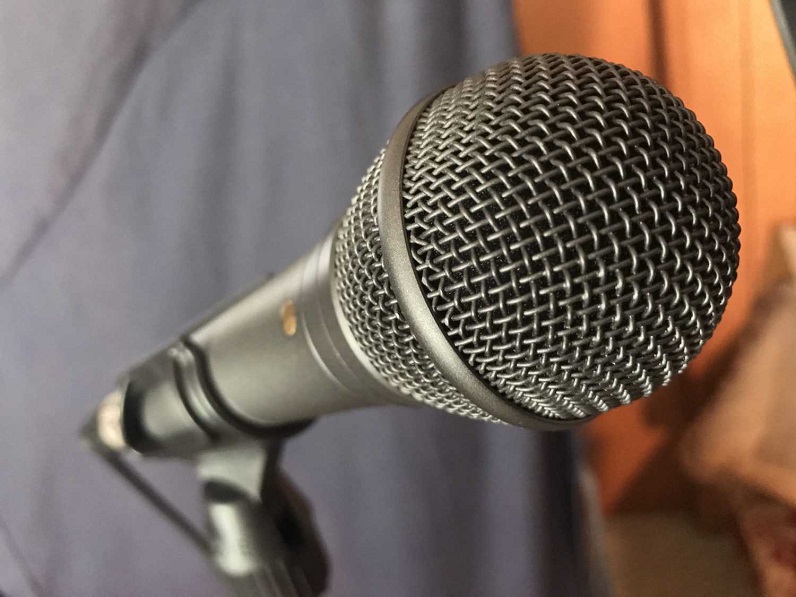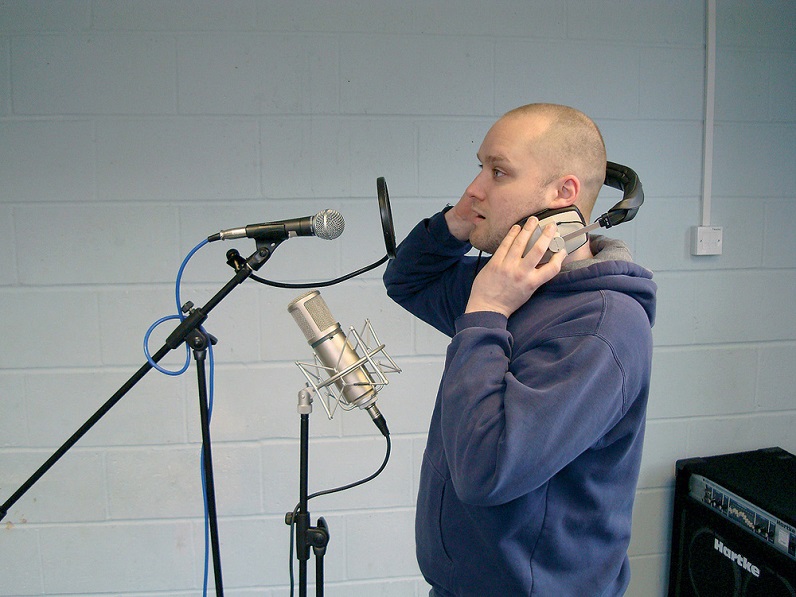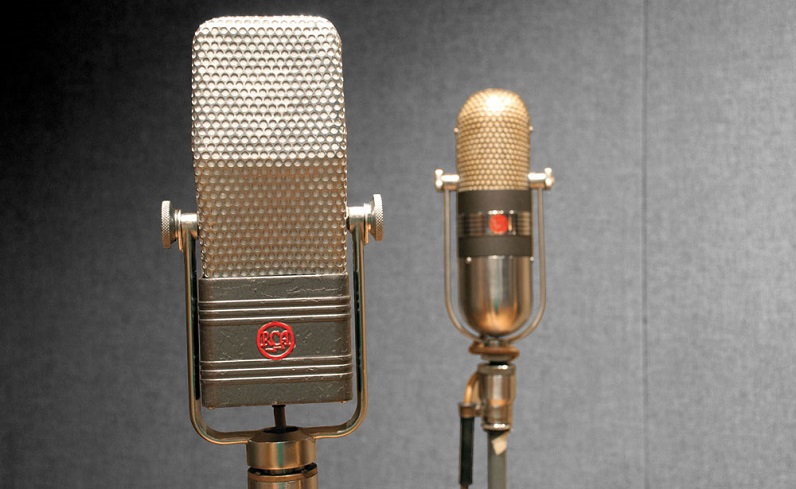If you are setting up a home recording studio, one of the first things you’ll need to decide on is which microphones you will need. This can be pretty overwhelming because there are so many different models and type out there. Mics also range in price a lot, and if you are looking for something more professional, you don’t want to buy the cheapest stuff for a home studio.
This is especially important if you are just setting a small studio to record yourself playing the electric guitar, but you also don’t want to splurge a lot of money on a microphone. Instead, you could go for a more amateur option, especially if you are doing it just to record your electric guitar playing skills or for something low cost but more professional, if you have more ambitious plans.
The Importance of the Microphone When Recording
Choosing a microphone for different recording sessions will require a lot of knowledge and practice because choosing the right mic for a particular job can make a huge difference in the outcome. However, if you are on a budget, there are some good news. If you are setting up a new home recording studio, fortunately, you can find really good mics which are also affordable, such as the reliable and high-quality Rode Microphones Australia made brand, which offers really great options.
When you are capturing sounds with a mic, there are three things that will influence the recording, aside from the vocalist or the instrument’s quality: the type of the microphone, how you place it and the acoustic qualities of the room where you are recording. These factors are something that you should try to understand as better as possible before choosing the proper mic for your recording sessions.
Types of Microphones
Microphones are devices that convert sound into electrical energy, known as the audio signal, which is processed through an amplifier so that we can hear it through a speaker. In recording studios, we use three main types of mics: dynamic microphones, condenser microphones and ribbon microphones. USB mics aren’t a different type, but rather you can get a dynamic or a condenser mic that’s a USB mic.
Dynamic Mics

Reliable and durable dynamic microphones are able to withstand high volume levels. They work very well on many different instruments and vocalists. They are especially good for on-stage use, but they are also often used for recording. Dynamic mics don’t require batteries or an external power supply. The best part about them is that, even though they are so versatile, a good quality dynamic mic is less expensive than other types, making them the most affordable choice for beginners.
Dynamic mics are made of three major components: a diaphragm, a voice coil and a magnet. Mics use the diaphragm, or the membrane to pick up the sounds. The voice coil is attached to it, and the magnet surrounds the coil. This magnet causes the coil to create electrical energy out of the sound that enters the mic causing the diaphragm to move.
Condenser Mics

Providing clear, accurate and natural sound, condenser microphones, also known as capacitor mics, are a great choice for studio recording. Unlike dynamic mics, they require a power supply (like a battery or a phantom power supply). They can record soft sounds accurately and with little noise, and because of that, they can capture sounds from a greater distance than dynamic microphones, which means that they are great for the recording instruments, since they also capture the room ambience. This is especially good for acoustic instruments.
Furthermore, they a condenser with two plates to convert the acoustic energy into electrical energy. One of those plates acts as the diaphragm in a dynamic microphone, and it vibrates from the sound, creating the electrical signal. They can either be with a large diaphragm or a small diaphragm.
Ribbon Mibs

The most expensive type out of the three options, ribbon microphones are a great choice for professional studios, but not the most common one for home recording studios. They were introduced in the 1930′ as the mics that offer the most accurate sound for recording and broadcasting. It provides a very natural and warm sound. It’s used for recording vocals, acoustic instruments, drums, wind instruments, harp etc.
In a Nutshell
Obviously, the right choice of a microphone is vital for the quality of the recordings. For home use, especially if you are just beginning to build a home recording studio, you should go for a good-quality, but also low-cost mic, like a Rode microphone. You can start with either a dynamic or a condenser mic for your recordings, especially at the beginning, and then with time, buy new mics if your needs ever change, or if you need to upgrade your recording studio equipment.
To decide which type you should buy first, you need to ask yourself what are you going to record when you finish setting up your home recording studio, and then you can go see what Rode Microphones Australia has to offer. Dynamic microphones are often used for recording pop and rock vocals, as well as loud instruments, they are also used for onstage use, voiceovers, for making electric guitar and bass amps. Condenser mics on the other hand are good for recording acoustic instruments, such as piano or acoustic guitar, orchestral instruments, vocals, drum kits etc.

